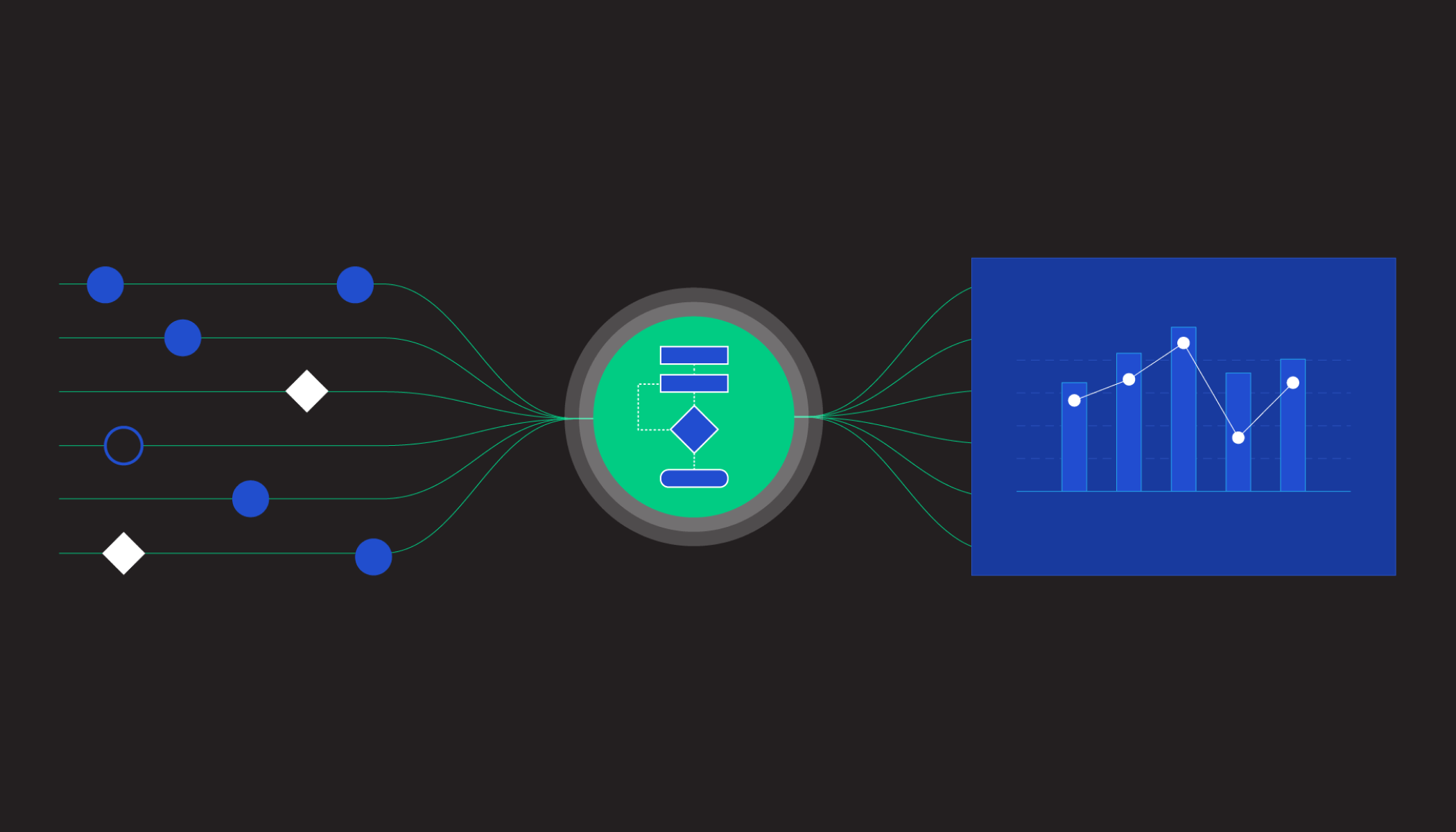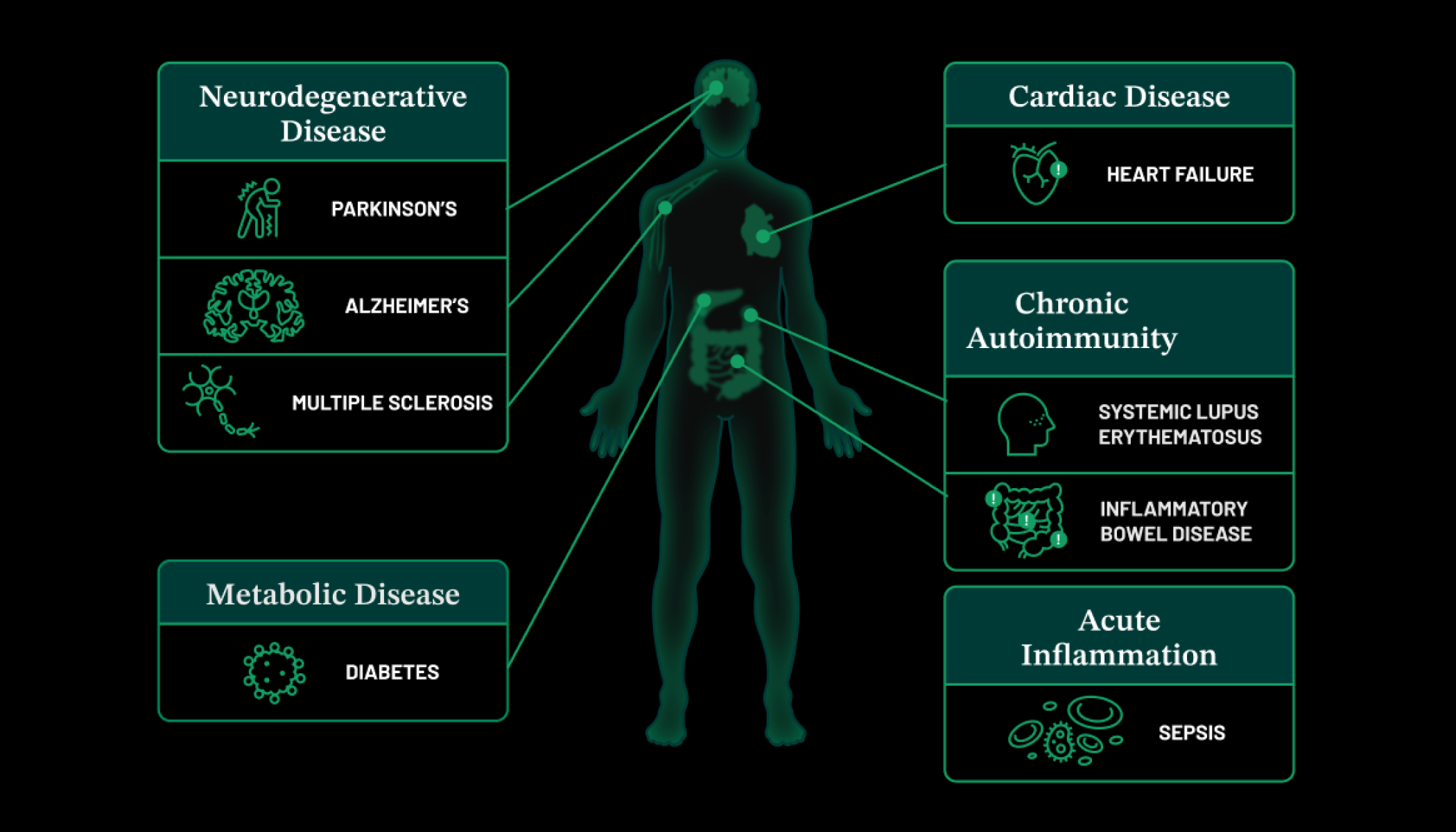Oct 1, 2024 · 9 min read
Our Rare Disease Network Goes Global
With the addition of international patient-led organizations, CZI’s Rare As One Network is exploring how to scale its model of supporting and elevating patient organizations to help address the global burden of rare diseases.
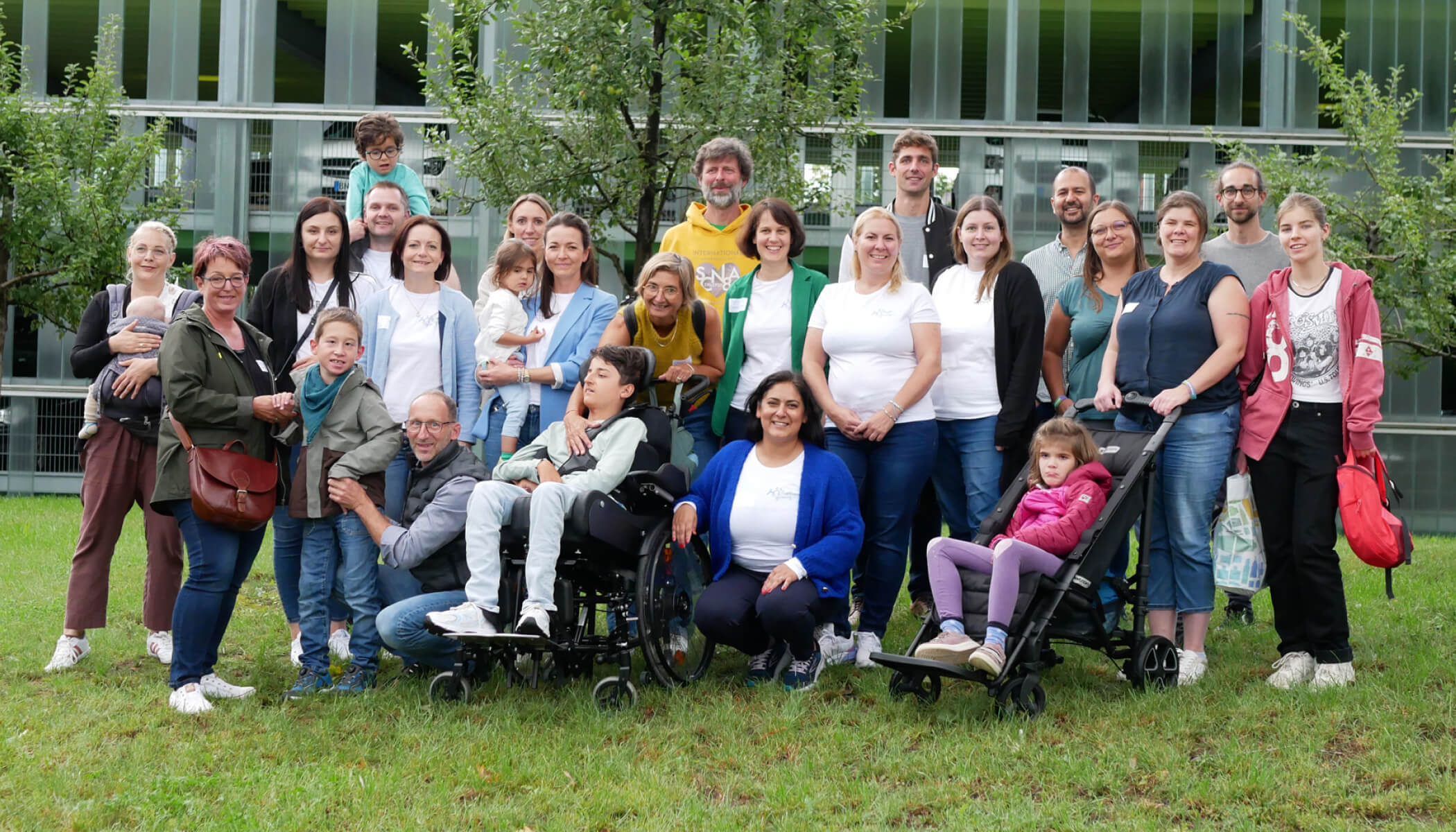
For the first year of his life, Davide Toniato did not follow typical infant stages of development. He slept sporadically, with no regular sleep-wake cycle. He moved erratically and had sudden crying fits. He didn’t smile.
After two years of fear and fretting, a geneticist suggested a DNA test, and Davide’s parents, Stefania Dantone and Michele Toniato, finally received a clear diagnosis for their son: a mutation in Davide’s SCN2A gene caused an ultra-rare condition associated with epilepsy, autistic traits and sleep disorders.
Seeking information about the condition, Dantone, who lives in Italy, found a few materials online in English and little else. She initiated a social media group to track down Italian families who shared the diagnosis and then translated the materials for them to share.
Recognizing the need for more support for families with a SCN2A diagnosis, in 2021, Dantone, together with a group of families, founded SCN2A Italia – Famiglie in Rete APS, one of the first European associations to represent families with this rare disease.
Soon after, SCN2A Italia joined forces with SCN2A Germany to organize conferences for researchers and the SCN2A patient community. Motivated to expand their collective impact, SCN2A Italia and SCN2A Germany are now working to create a European SCN2A Foundation to connect more families across Europe and speed up the search for effective treatments.
“We hope to unite and support the SCN2A community by giving families better access to resources,” Dantone says. “We also aim to enhance the existing international network of SCN2A organizations because together, we can make a real difference.”
Read more: Lafora Disease: A ‘Particularly Cruel’ Form of Epilepsy
Rare disease knows no borders. With up to 10,000 rare diseases affecting over 300 million people globally, our community response must also be global.
Today, CZI’s Rare As One Network welcomes SCN2A Italia and SCN2A Germany and three other international grantees into our new cohort of 31 patient-led rare disease organizations, expanding our community to nearly 100 patient-led organizations.
These new members — Dravet Syndrome UK and the Timothy Syndrome Alliance (TSA) in the United Kingdom, Lil’ Brave One in Serbia, and SCN2A Italia and SCN2A Germany — will play a crucial role in beginning to expand the Rare As One Network globally to accelerate the pace and progress toward treatments and cures.
“People all around the world are impacted by rare diseases, but there is a lack of awareness, funding, and fundamental infrastructure to support rare disease research and care,” says Heidi Bjornson-Pennell, CZI lead for the Rare As One Network. “We’ve spent five years learning and growing with the Rare As One Network, and now it’s time to begin to scale up to figure out how we can best support patient-driven organizations around the world in their efforts to drive forward progress against rare disease.”
Here’s a closer look at the expansion of the Rare As One Network.
Expanding the Rare As One Network

Around the world, thousands of patient-led rare disease organizations do the hard work of improving the lives of people impacted by rare diseases and advancing medical research in their respective fields. But many of them face common barriers to progress, including limited organizational capacity and funding, small and scattered patient populations, academic silos, and insufficient data sharing and research infrastructure.
Moving away from individual organizations attempting to overcome these challenges solely on a disease-by-disease basis, CZI’s Rare As One Network was founded to bring patient communities together to learn from one another, share resources, and collaborate to address common challenges. Grantees receive funding, support in organizational capacity building — such as deep dives in finance, operations and major donor fundraisings, as well as mentorship, science advising and training — along with access to a robust network of peers and the opportunity to participate in a forum discussion board, regular network calls and in-person convenings.
The Rare As One Network model drives significant impact. In the first three years of the program alone, patient leaders and communities in Cycle 1 engaged more than 3,000 researchers — 600 of them new to the disease areas — held 74 international scientific convenings, developed 26 registries and 18 biobanks that are enabling research, and contributed to or co-authored over 180 scientific publications.
Not only are grantees driving innovation in basic and translational research, but many are identifying scientific connections across their disease areas, self-organizing to share knowledge and optimize efforts, forming working groups, inviting one another to conferences, and co-publishing research.
Listen: Finding Rare Disease Treatments: 2 Patient Leaders Share Their Stories
With our current round of funding, we are building on that progress by organizing grantees into three scientifically focused sub-cohorts: channelopathies, ciliopathies and inherited metabolic disorders. Recognizing the underlying biology that connects many of these rare diseases and the common infrastructure challenges these disease areas may face, grantees will be supported to work together to accelerate science in their fields.
Bringing Rare Disease Communities Together Across the Globe
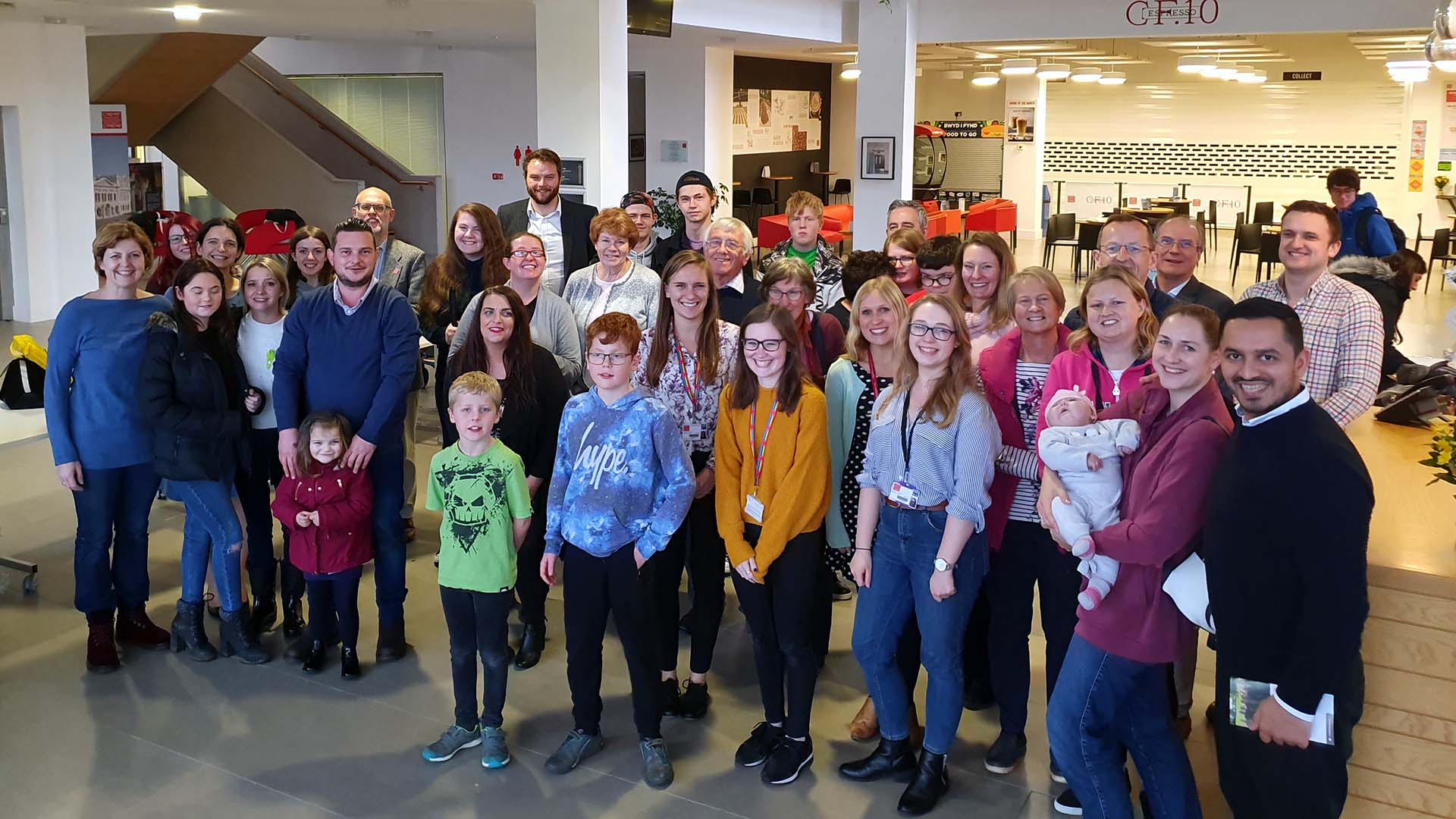
Including international organizations in this cycle opens new avenues for connecting researchers and other partners across the Rare As One Network and the broader global rare diseases ecosystem.
“These organizations are engaging patients in research and forming partnerships with researchers from around the world,” Bjornson-Pennell says. “They are thinking incredibly broadly, and we’re excited to bring these leaders together and continue evolving and expanding our efforts alongside them.”
Based in the UK but working globally, the Timothy Syndrome Alliance (TSA) — focused on improving diagnosis rates, promoting research, developing treatments, and supporting individuals with CACNA1C-related disorders — runs online scientific conferences that link community participants with researchers and clinicians from around the world. These events use AI for live translation and human-checked transcripts for international, cross-language reach and accessibility. Their leadership team plans to create an interactive portal to make aggregated CACNA1C disease data accessible to a broader global scientific and clinical community.
Also in the UK, organizers of Dravet Syndrome UK — a group of parents dedicated to improving the lives of those affected by this rare, life-limiting neurological condition — participate in the Dravet Syndrome European Federation, which is composed of 28 country members. The team there plans to use the Rare As One grant funding in part to appoint a chief scientific officer who will facilitate meetings, knowledge sharing, and development of shared, patient-centered research programs with other Dravet Syndrome and epilepsy organizations.
SCN2A Italia and SCN2A Germany are focused on advancing SCN2A research by creating a patient-led platform that bridges the gap between industry efforts and patient priorities. The two organizations aim to enhance disease modeling, expand their knowledge of disease progression, and improve prognosis accuracy by aggregating data from underserved global communities. Understanding the diverse symptoms and outcomes of SCN2A-related disorders will enable researchers to develop more precise treatment approaches and ultimately contribute to better patient care.
Explore more: How a Parent of a Child With a Rare Disease Built a Team To Find Answers
Expanding Inclusivity and Diversity in Global Rare Disease Research
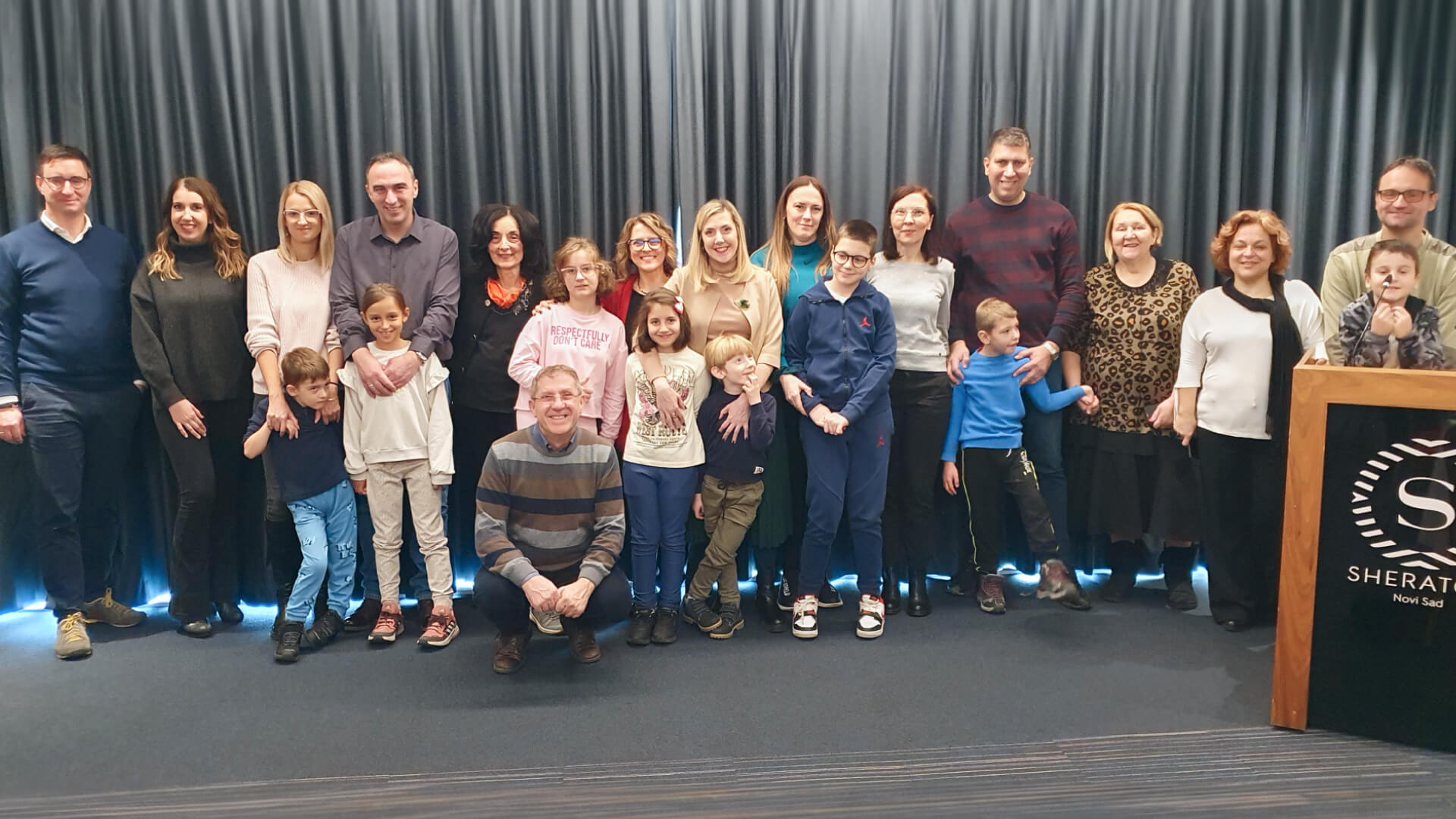
A key part of expanding the global patient-driven research community is ensuring that efforts are increasingly inclusive.
In the United States and abroad, patient-led organizations are at the forefront of reaching out to identify, support, and engage patients and families in research and care. At Lil’ Brave One in Serbia, the leadership team addresses the needs of non-English-speaking families affected by rare neurotransmitter diseases by widely translating their initiatives, enabling many more families to participate and offer input.
The team at Dravet Syndrome UK strives to improve outreach to, and highlight the needs of, two poorly represented groups in the Dravet Syndrome community — adults with Dravet Syndrome and people from global majority backgrounds — through awareness campaigns and working with community leaders.
Increasing diversity in research is also essential. Rare diseases offer unique insights into human biology, but for all people to benefit from advances in this research, there must be adequate representation. Many Rare As One grantees are working toward that goal. For example, the Timothy Syndrome Alliance in the UK works to engage diverse communities through an online global patient advisory board group that shares advocacy and research updates. Additionally, the leadership team disseminates multi-language information to the community and has developed plans to address socioeconomic barriers, such as through providing support for transportation, childcare, or other logistical considerations, to enhance participation in research and attendance at scientific conferences.
Diverse perspectives within the research community benefit the rare disease community as a whole. Researchers from underrepresented backgrounds, including the Global South, face barriers to accessing international scientific events and knowledge exchange. Rare As One aims to help overcome that barrier through funding and supporting organizations to develop global networks of researchers, clinicians and patients, and bring those communities together in an international scientific convening.
Rare As One organizations are also undertaking other efforts to ensure the representation and engagement of researchers in the scientific community. For instance, the Lil’ Brave One team is working to foster partnerships with international organizations to improve Serbian researchers’ access to international events and initiate collaborations. We are excited to support their progress and that of others with similar efforts.
Read more: How a Program Associate Builds Resources for the Rare Disease Community
Focusing on the Future
This year’s expansion of the Rare As One Network creates an important opportunity for this growing community to identify synergies, learn across disease areas and borders, and share challenges, solutions and best practices. By working to strengthen this international cohort of patient organizations and supporting them in bringing their patient and research communities together, we believe that we can have a profound impact on improving diagnoses, advancing research, and providing hope for treatments and cures for those with rare diseases.
For more information on our newest grantees and their groundbreaking work, visit our website. Sign up for our science mailing list for information on future grant cycles.




